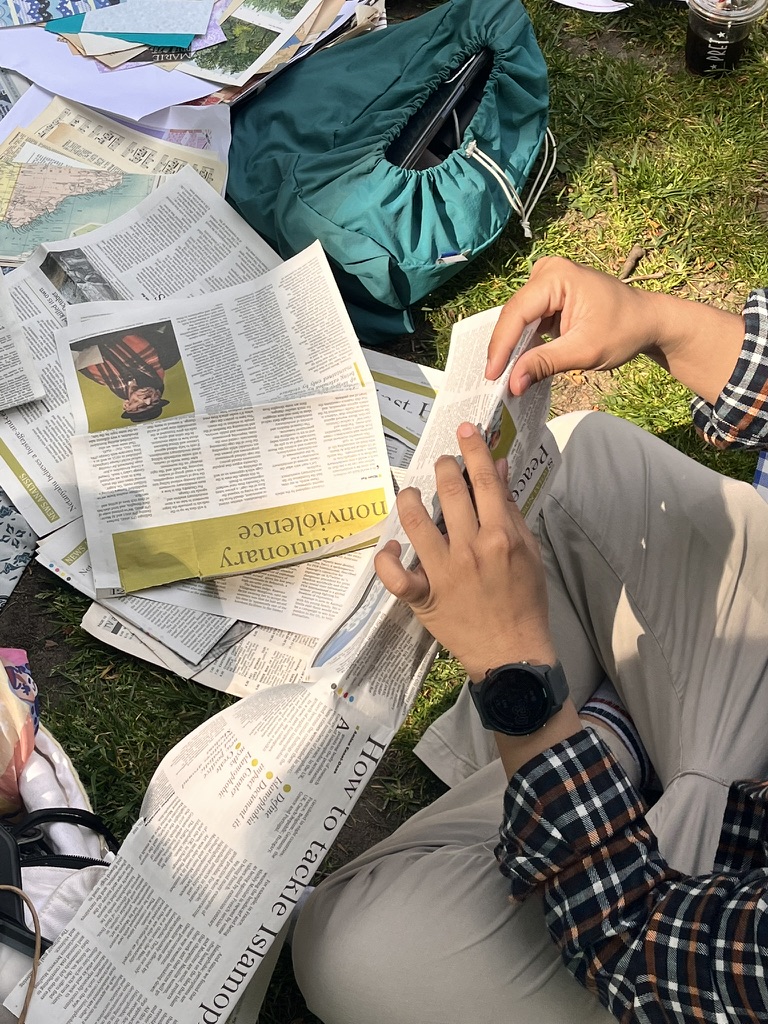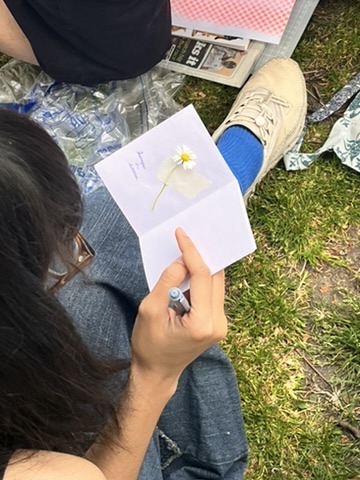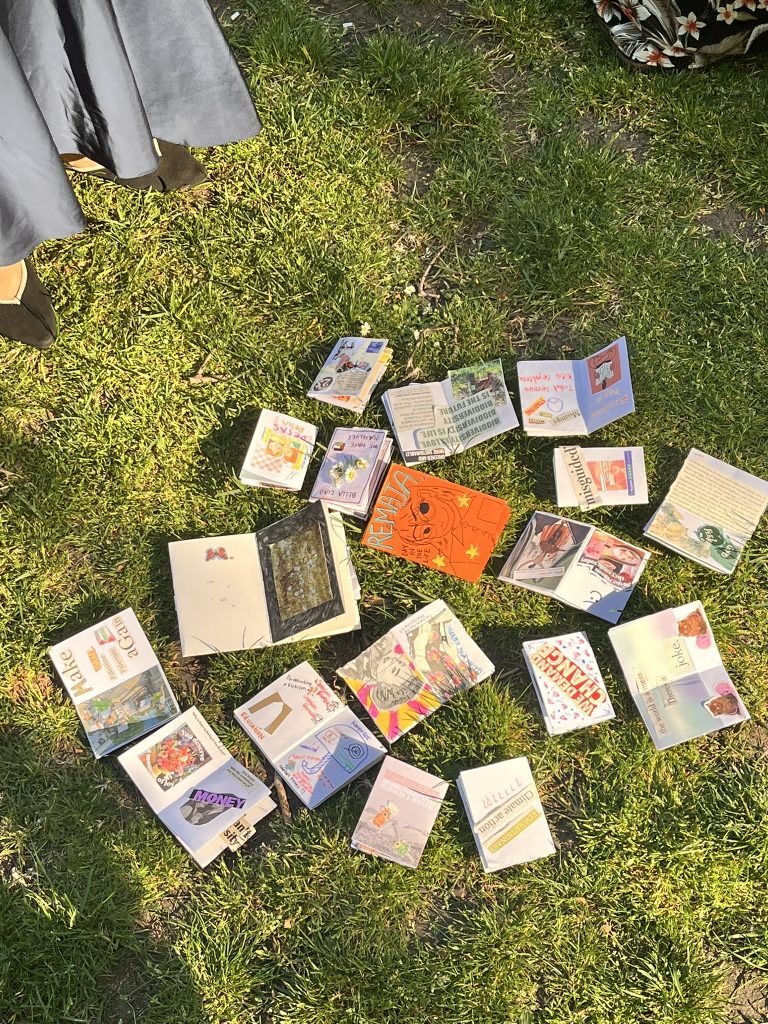The research for Positions Through Iterating led me to the text We Publish to Find Comrades, and even just the title moves me. Finding comrades, especially here in London, has been something that I really wanted to do. Since the political situation in Indonesia has gone nuts, I have been antsy and anxious. I wanted to be there, I wanted to contribute, I wanted to let the government have a piece of my mind. How do I do that if I am not even on Indonesian soil?
It reminds me a little bit of a quote from The Sick Woman Theory: “How do you throw a brick through the window of a bank if you can’t get out of bed?”
For me, my question was, “How do you march in solidarity if you are not physically together with the people you’re meant to march for?”
I do acknowledge that online activism is an avenue, but perhaps my time with elitist activists who deem it cowardly and insist that there is no real change unless we delve into the grassroots has rotten my brain into thinking that I am a fake woke if I just yap on the internet. I wanted to do something more, something concrete and physical.
Luckily, I know the right people, who share the same concern and know more right people. Rather quickly, we formed a collective movement (that I cannot name for safety reasons) to foster community and give the London-based Indonesian diaspora a place to discuss politics and chart courses of action. We have held a seminar, some movie screenings, and picnics.
Specifically, a zine-making picnic!

We opened the invitation to any Indonesian who wants to join us, and the materials are donated by members of the collective movement. It is so nice to see so many found materials in one place. I raided the CSM swap shop for some magazines, and my friend swept her studio in Camberwell for riso scraps.
Truth be told, I was kind of unsure of leading this zine-making picnic workshop. The aesthetic of zines (and alternative publishing) in Indonesia is quite different from the one here. Zines in Indonesia have shifted from scrappy DIY stencils into experimental artsy publications, usually done by emerging artists or studios. While both forms of zines are valid and equally interesting to me, some of the participants felt that making a zine is intimidating. Some even said that they just wanted to watch, thinking that they needed some sort of expertise in design to make a zine.
Luckily, I have Ken, the bubbly and resourceful MA Fine Arts student, who came up with some prompts to talk about before we started making. She invited everyone to doodle on a big newsprint, as she talked about light topics like what we all liked about our country and how we usually travel in Indonesia. It eases everyone into making, as well as warming up their muscles.
The making part is so fun, and I honestly didn’t do much more than just passing scissors to people and saying, “Yeah, of course you can!” when participants asked me if they could talk about a certain topic on their zines, or include something experimental like plucked daisies.

Afterwards, I encouraged them to share about their zines. It needed some time to pick up, but after half of the participants shared, I was surprised that everyone wanted to talk! Usually, in this big of a group discussion, people shy away from the spotlight and are content with just listening and seeing other people’s works. So we went through every zine, talked a bit about every single one, and took pictures of everyone’s zine.

Even though this picnic is not related to my coursework, it really informed the next step of my research. Before the summer term, I expressed my interest in collective movement and participatory design. I told Abbie that I would love it if my practice could bring me closer to people and bring communities together.